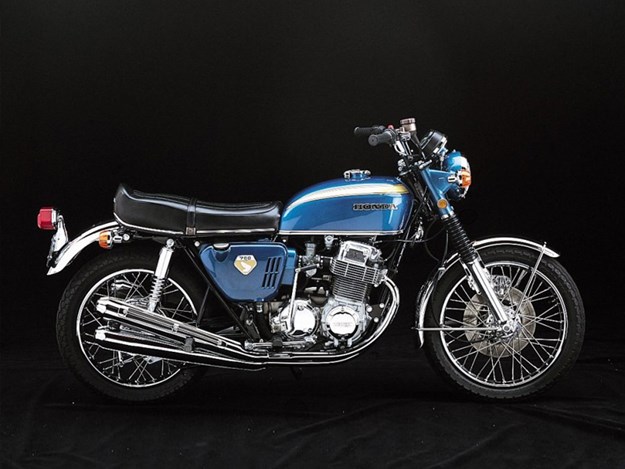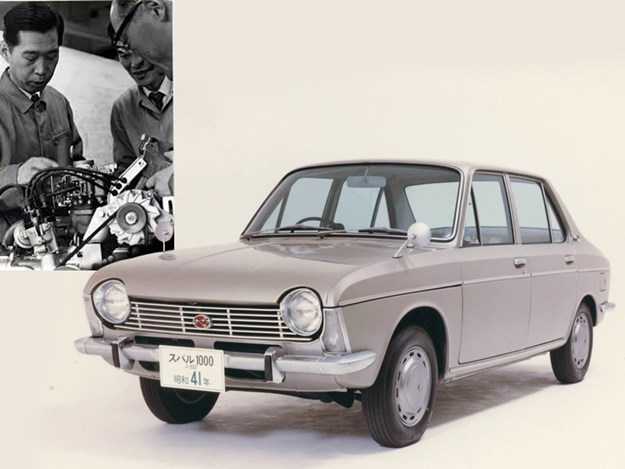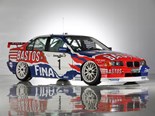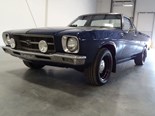Japanese Hall of Fame inducts the 1966 Toyota Corolla and Honda CB750
This year’s inductees include six well-deserved Japanese motoring heroes
November 8, 2018 saw six new inductees within the Japanese Automotive Hall of Fame.
The six inductees consist of three vehicles and three individuals who significantly altered and contributed to the Japanese motoring industry and its heritage.
READ NEXT | JAPANESE CLASSIC & PERFORMANCE CAR VALUE GUIDE
The first inductee for 2018 is the E10 Toyota Corolla which first arrived in 1966.

The humble Toyota Corolla brought mass-production, durability, practicality and sporting ability to the world – at times all in the same package.
The JAHF stated that the Corolla "has made an unparalleled contribution to the spread of private passenger cars".
Upon its release, the E10 Corolla was more powerful than most competitors, with a four-speed floor-shift gearbox and a 1.1lt K-pushrod engine.
It’s the best-selling nameplate in history, with over 44 million sold to date, and was the best-selling car for 33 consecutive years. That’s loosely one Corolla sold every 15 seconds, and one out of five vehicles sold since Toyota’s inception as a company.

Arguably the Corolla’s two-wheeled counterpart, the Honda CB750 was also inducted for 2018.
Again, the CB750 introduced unprecedented manufacturing efficiency and quality to the masses. It was the first mainstream motorcycle with a high-performance and high-displacement overhead-cam inline-four motor that was mounted transversely with front disc brake – a golden formula in motorcycling and arguably the very first "superbike".
The third and final vehicular inductee to the JAHF is a little different, though no less significant.
The 1952 Hino BD-10 Blue Ribbon was a bus. But, it was a bus famous for being the first Hino bus in Japan to utilise a cab-over-body construction with an under-floor engine layout. It allowed for far more versatile packaging, and a more in-cabin space.
Three distinguished individuals were also honoured into the JAHF.

First among which is Kishichiro Okura. Okura is the man largely credited for bringing the automobile and automotive racing to Japan. He entered the first ever motor race at Brooklands Circuit in the UK in 1907, and finished second.

Another inductee is Ryoichi Nakagawa, a former aircraft engineer for Nakajima Aircraft. He worked on the Sakae 20 engine that powered the Mitsubishi Zero fighter plane. Following the war, Nakajima split into several smaller firms including Subaru and Prince. Nakagawa went on to work for the Prince Motor Company, where he worked on the Prince R380 race car – winner of the 1966 Japanese Grand Prix.

The final inductee to the JAHF, is Yoshio Akiyama. Akiyama was an engineer at Fuji Heavy Industries (Subaru), and was the father of Subaru’s signature horizontally-opposed boxer engine that first appeared in the 1966 Subaru 1000.
While Japan’s motoring history and culture is little-known outside of its native country, its vehicles and pioneering individuals arguably impacted the global automotive industries in a way no other nation has.
Whether you’re already fans or not – the ingenuity and ideology that Japan presented to the world certainly left their mark. That has to be respected.
Japanese Classic Car Value Guide home page
Classic Australian Family Car Value Guide home page
Muscle Car Value Guide home page
Unique Cars magazine Value Guides
Sell your car for free right here
Get your monthly fix of news, reviews and stories on the greatest cars and minds in the automotive world.
Subscribe

.jpg)























